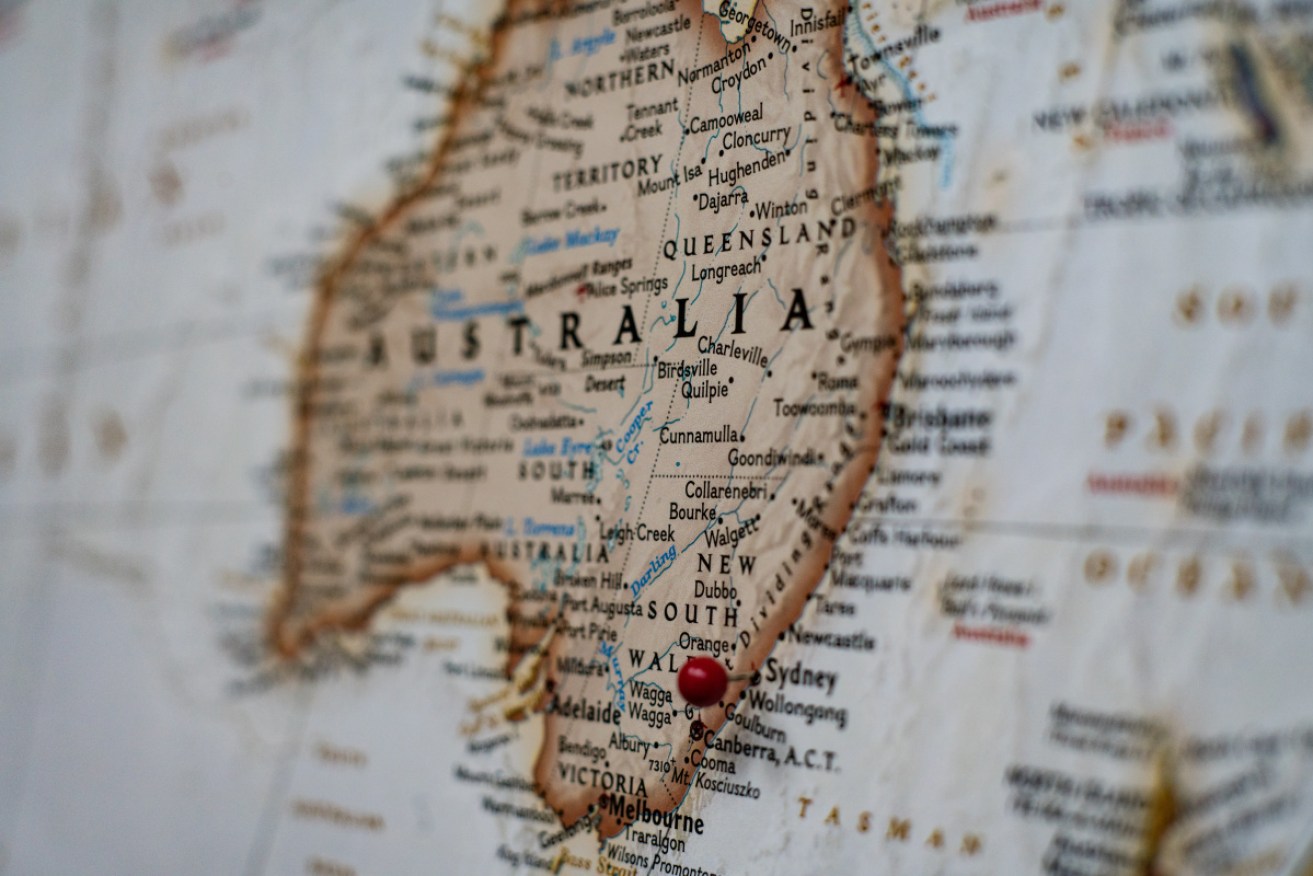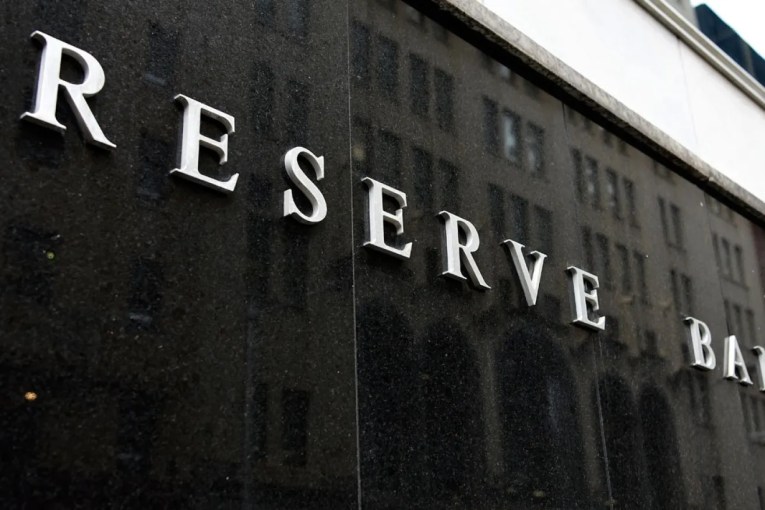Tasmania tops economic leaderboards as smaller states make big leaps


Australia's largest states are recovering from COVID-19. Photo: Unsplash
Victoria and New South Wales are ‘passing the baton’ to smaller states as leading indicators point to a decentralisation in economic activity over 2021.
The shifting of fortunes is helping the likes of Tasmania, South Australia and the Australian Capital Territory climb the economic leaderboards, according to Commonwealth Bank chief economist Craig James.
“We’re seeing a shift away from NSW and Victoria, which have been [economic] out-performers for some time,” Mr James told The New Daily.
“[It’s] a baton pass to some of the smaller states and territories.”
Commonwealth Bank named Tasmania Australia’s best-performing economy for the fourth quarter running in its latest State of the States report released on Wednesday.
Tracking key indicators like employment, retail spending, population growth, and investment, the quarterly research ranks states against each other based on 10-year averages.
Tasmania benefitted from strong retail spending over the December quarter, while the ACT in second place actually saw employment improve 3.2 per cent over 2020.
South Australia rose to third place alongside Victoria, its highest position in more than a decade, on the back of higher home loan values and a 14.1 per cent lift in retail spending versus its decade average.
The strong performance of the smaller states and territories reflects varying experiences with COVID-19 last year, according to Indeed APAC economist Callam Pickering.
“The smallest states handled COVID-19 pretty well, and therefore their economies have functioned largely as normal throughout the crisis,” Mr Pickering told The New Daily.
“That’s a stark contrast to what we’ve seen in Victoria, and NSW to a lesser degree.”
CBA: Victoria more resilient than NSW
Victoria managed to retain its third spot on the leaderboard, helped by a 23 per cent bounce in economic activity (spending plus exports minus imports) on its decade average.
But Mr James said the state would likely move down the rankings in 2021.
“We won’t see the same sort of growth that we’ve seen in the past,” he said.
“But certainly the bounce back from lows has been quite encouraging.”
Unlike Victoria, NSW did not suffer a second statewide lockdown but nevertheless slipped to equal-sixth ranking with Western Australia, its worst result in eight years.
NSW recorded a 30.3 per cent fall in population growth versus its decade average and a 9.3 per cent decline in dwelling commencements.
Unemployment in NSW was also 21.7 per cent higher than its decade average over the quarter.
‘Still to early’ to judge big state recoveries
Although NSW and Victoria are in worse positions today than a year ago, Mr Pickering said it’s too early to tell how they’ll bounce back from COVID-19.
“We’re still at the very early stages [of the recovery],” he said.
“I wouldn’t go as far as saying they’re passing the baton … I would say we’re seeing stronger economic activity across those smaller states [right now].”
Queensland ranked fifth in the December quarter report as unemployment climbed to 22 per cent above its decade average and dwelling commencements fell 22.2 per cent.
However, retail spending across the Sunshine State rebounded from a low in the December quarter, up 18.2 per cent in a sign consumers are feeling more confident post-pandemic.
The Northern Territory, meanwhile, remained in last place (8th), as its largely project-based economy suffered from a 109 per cent quarterly decline in population growth versus its decade average.









